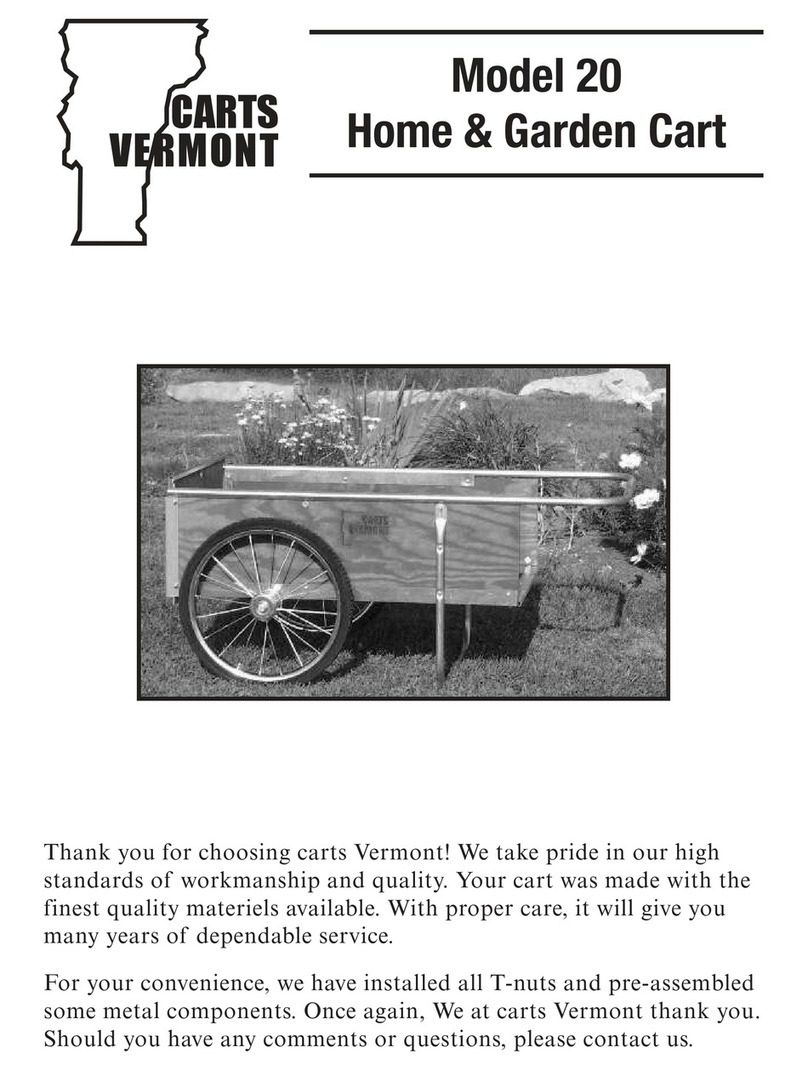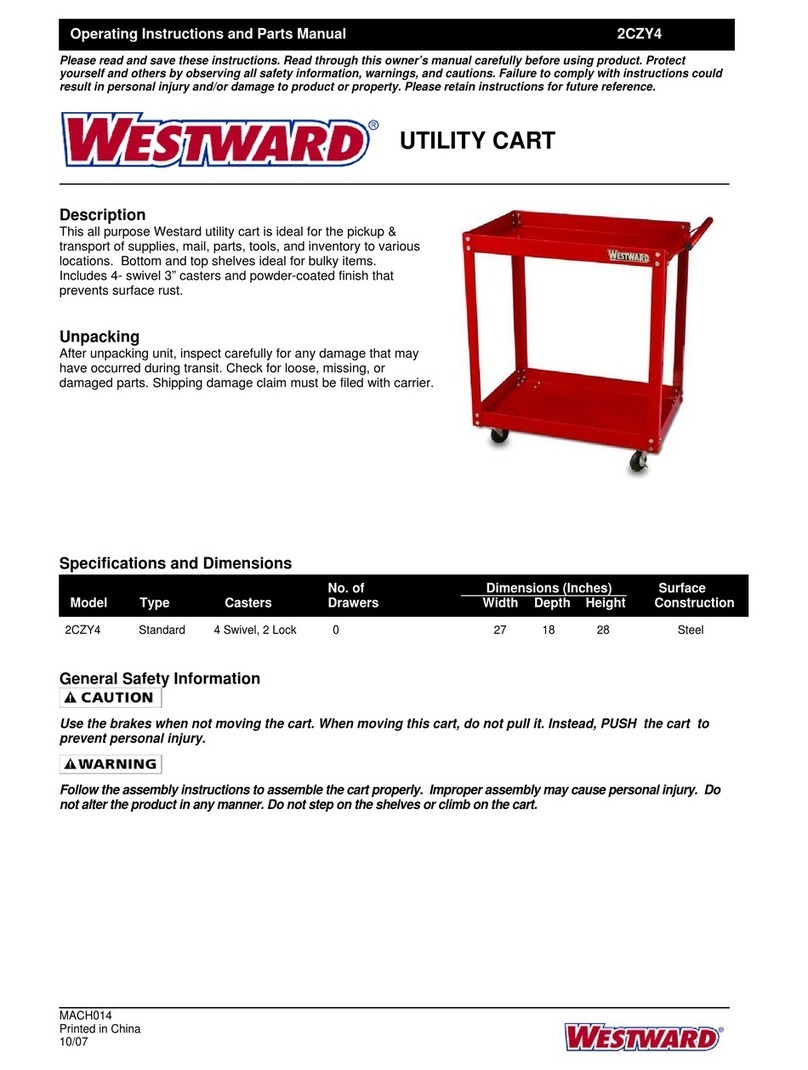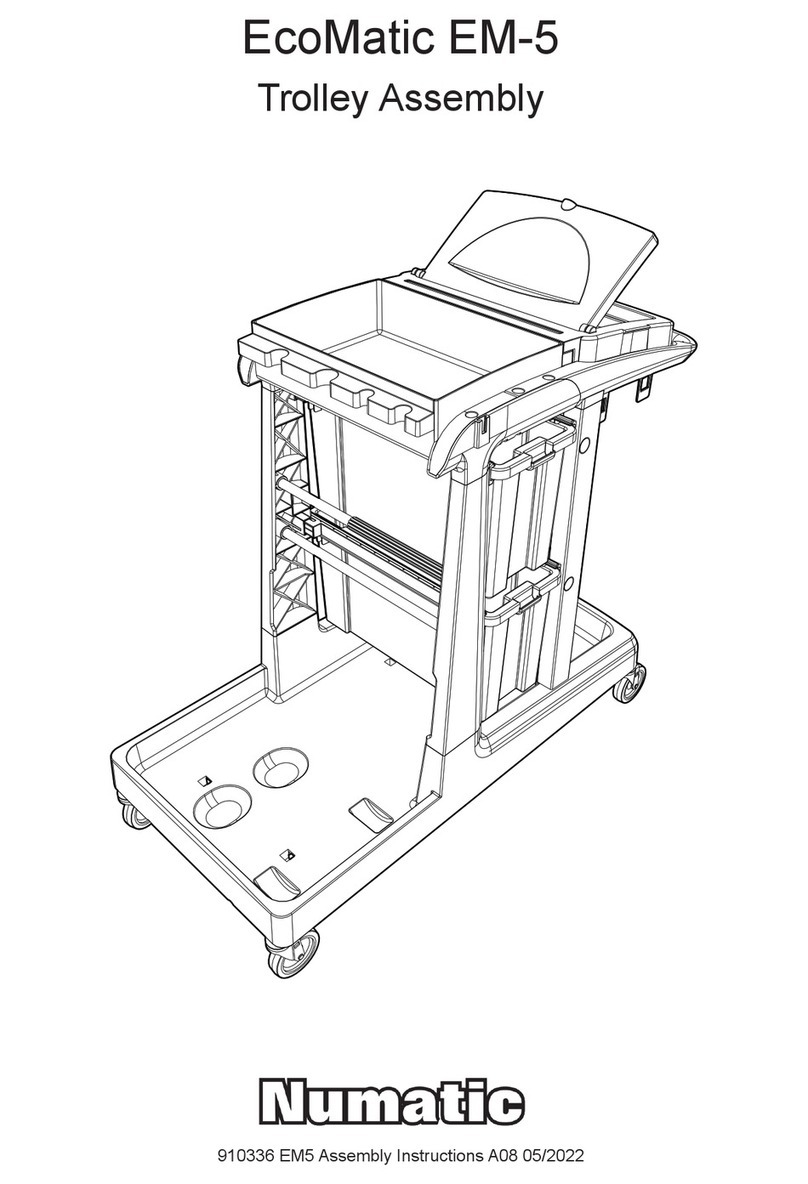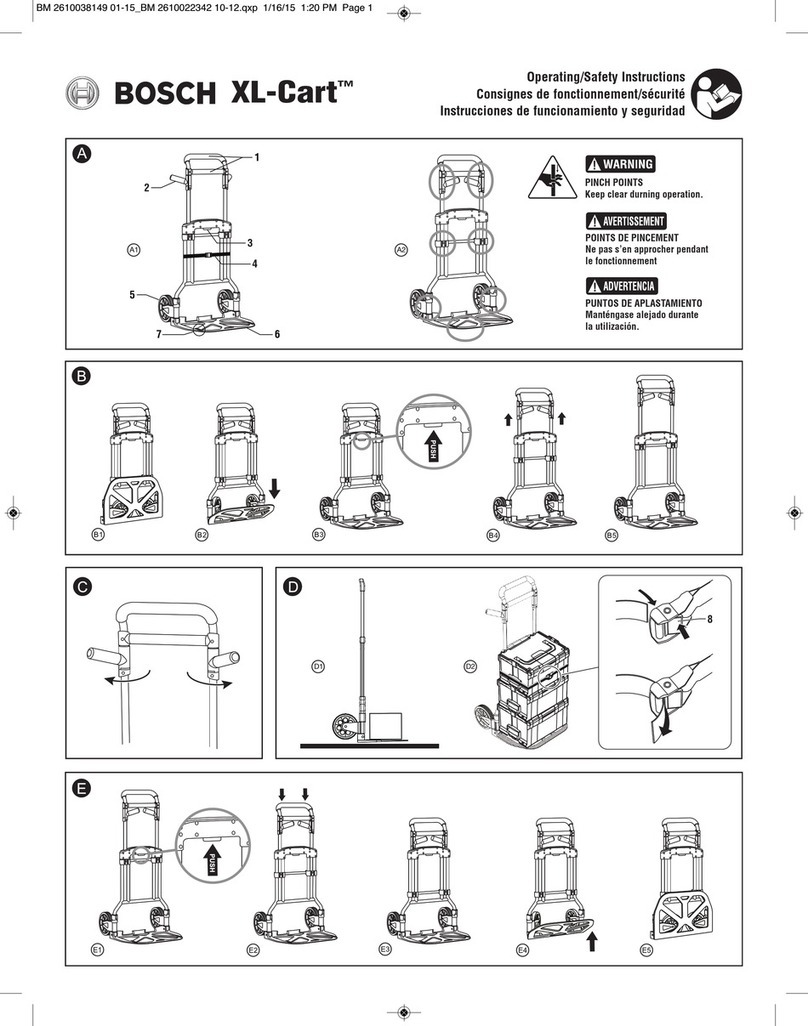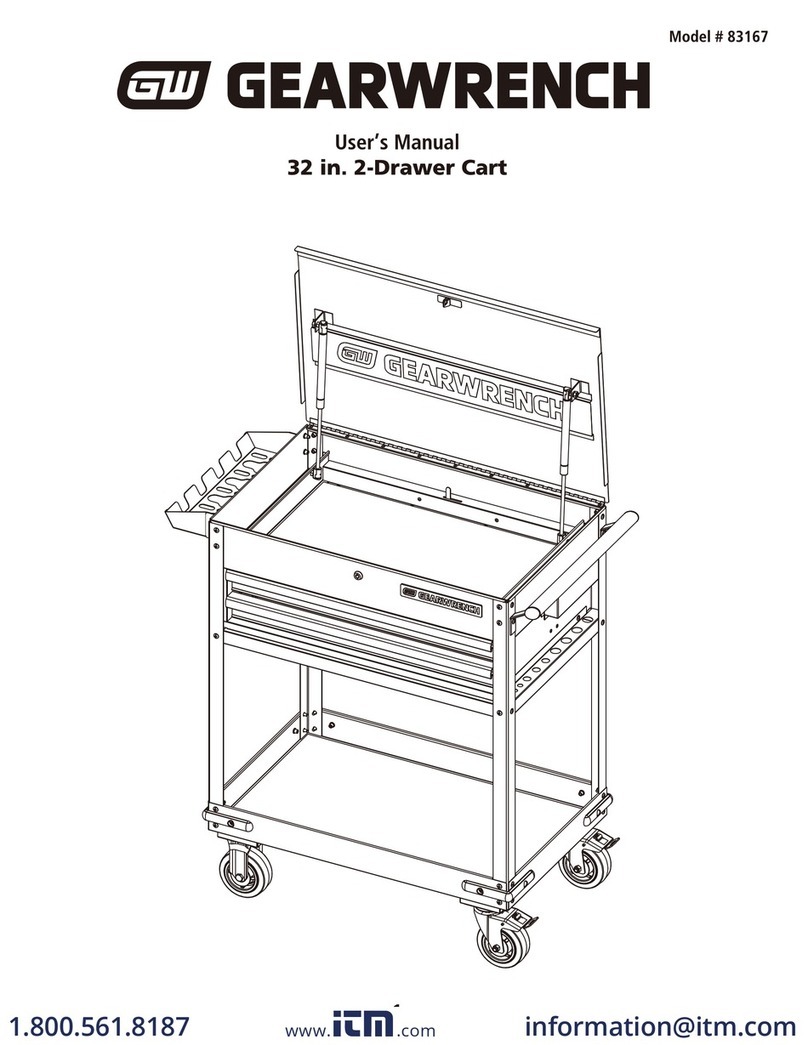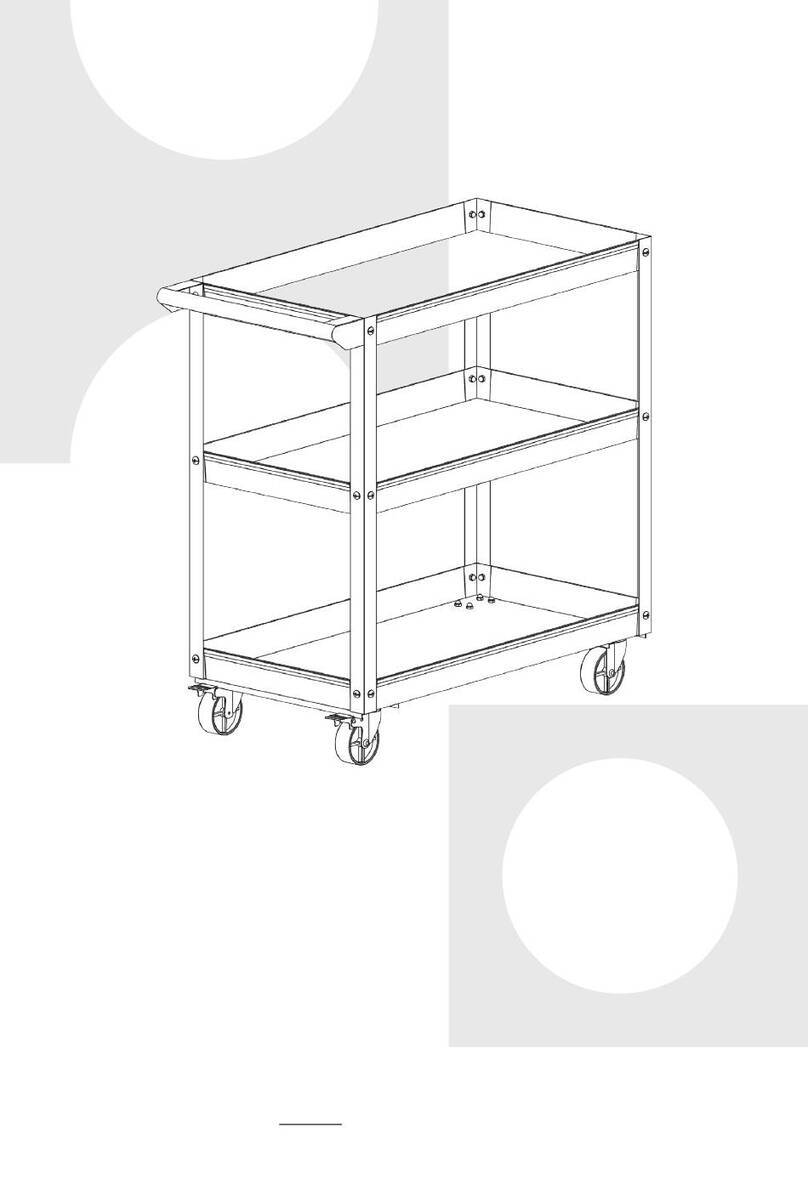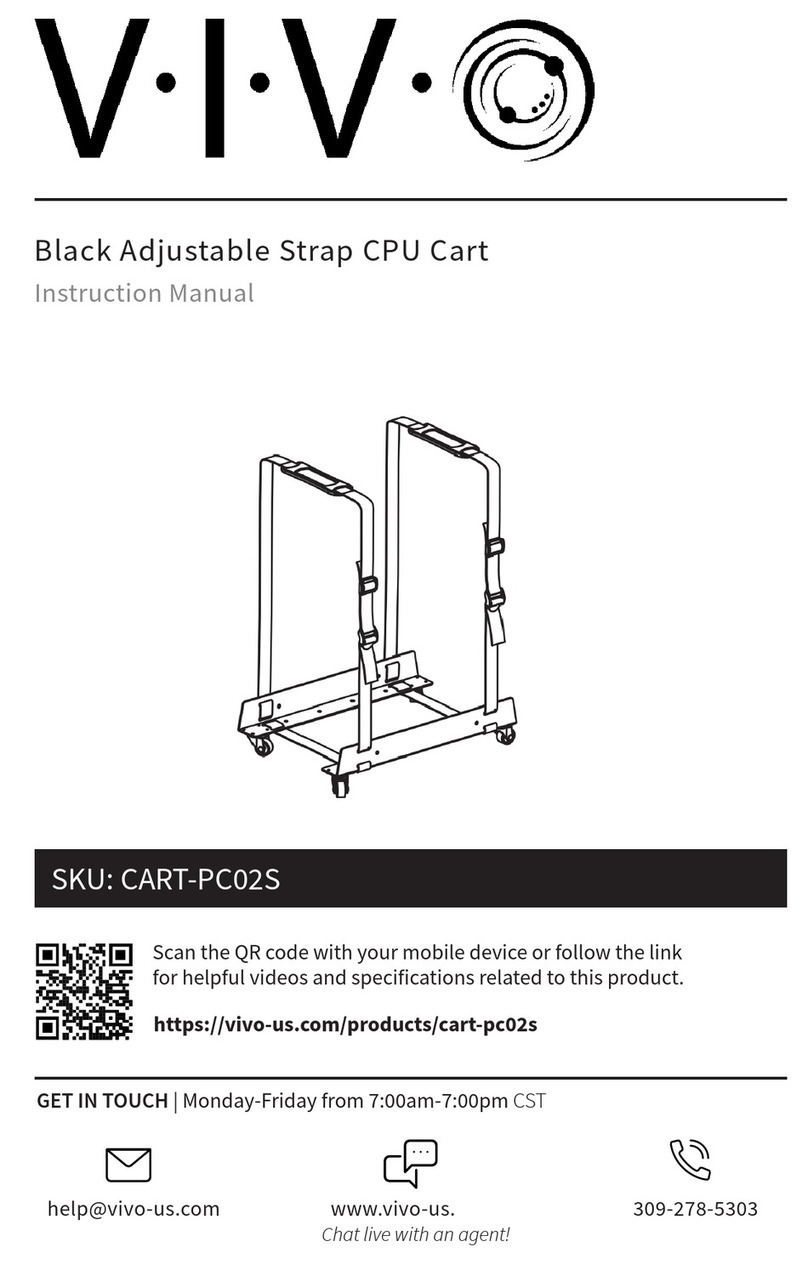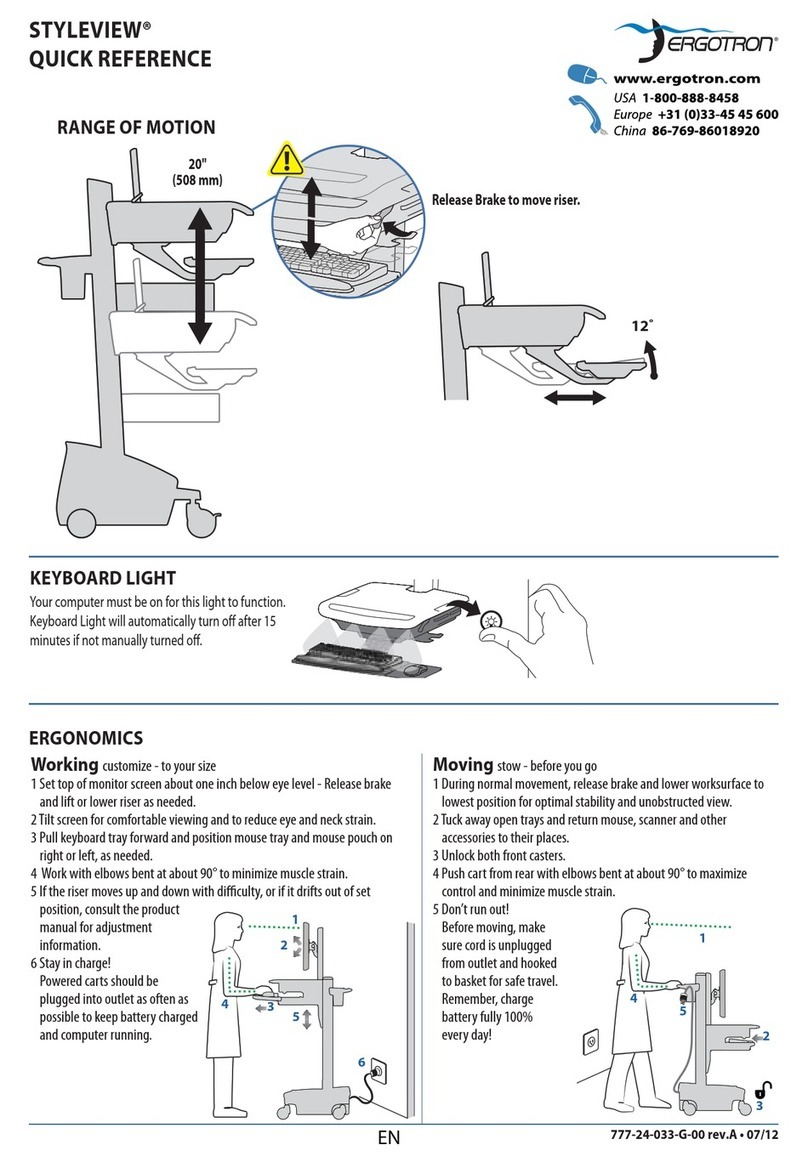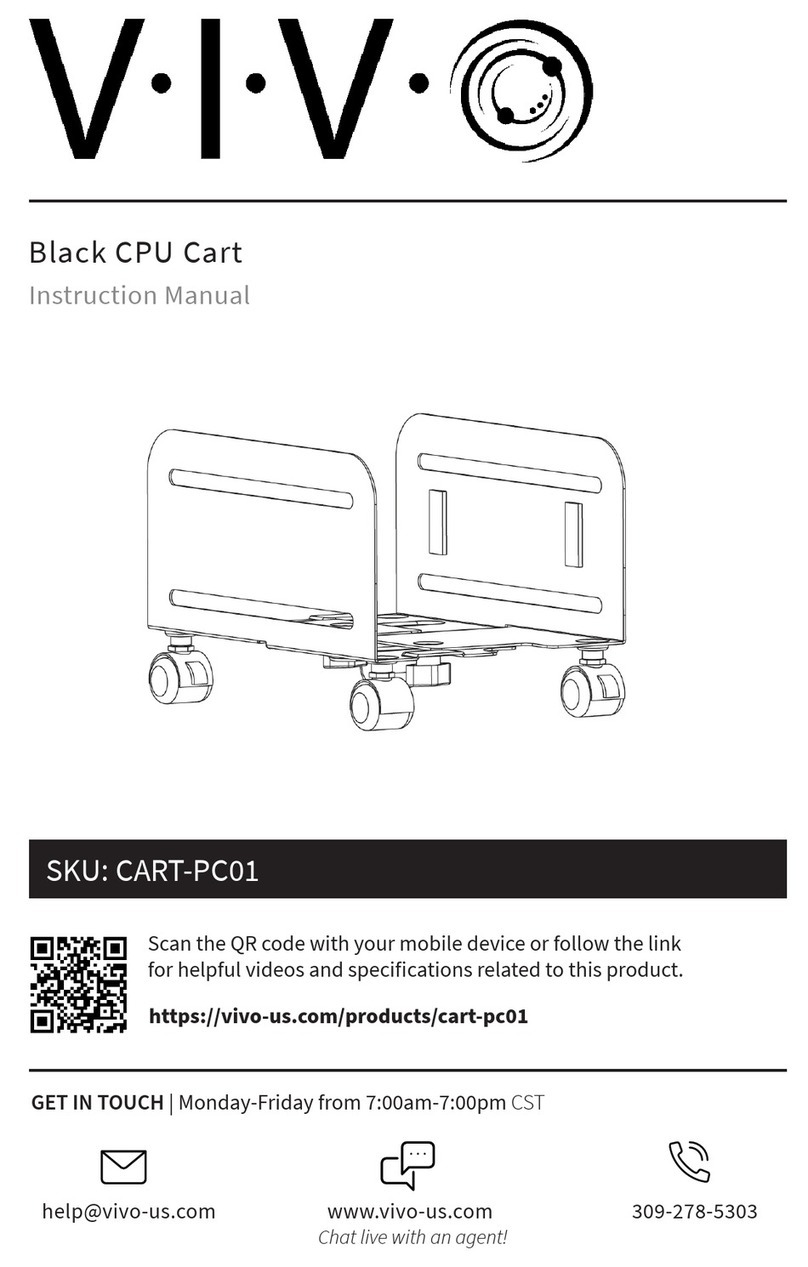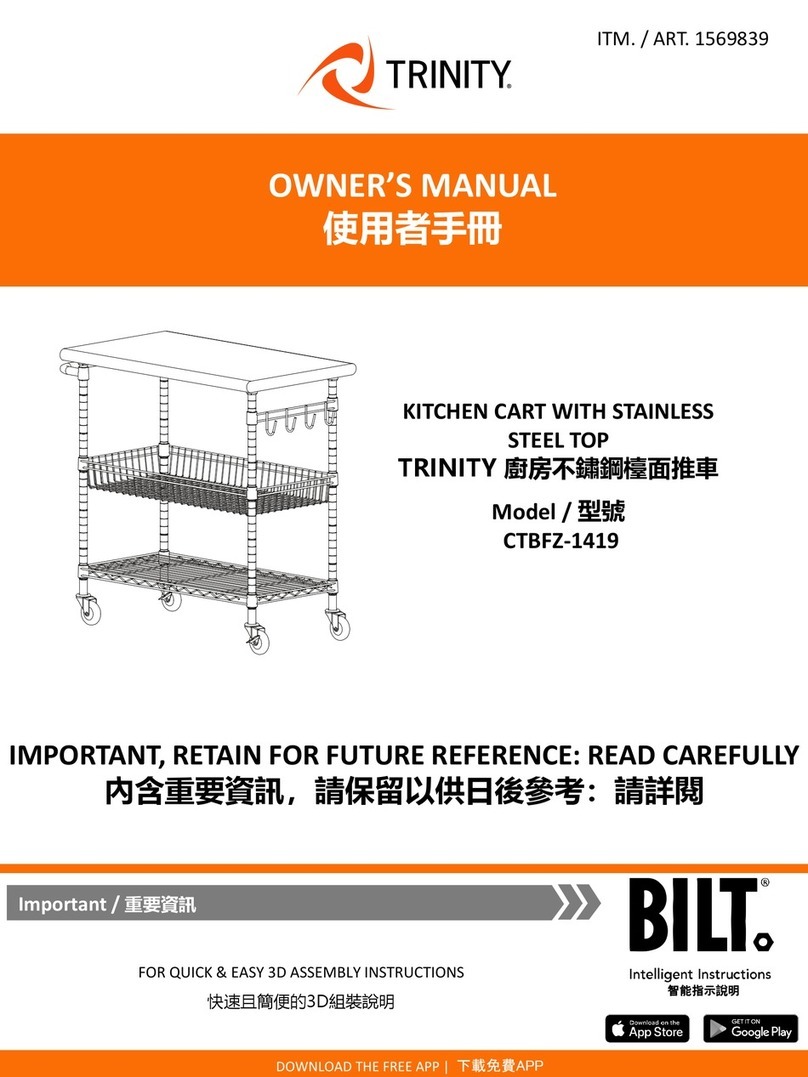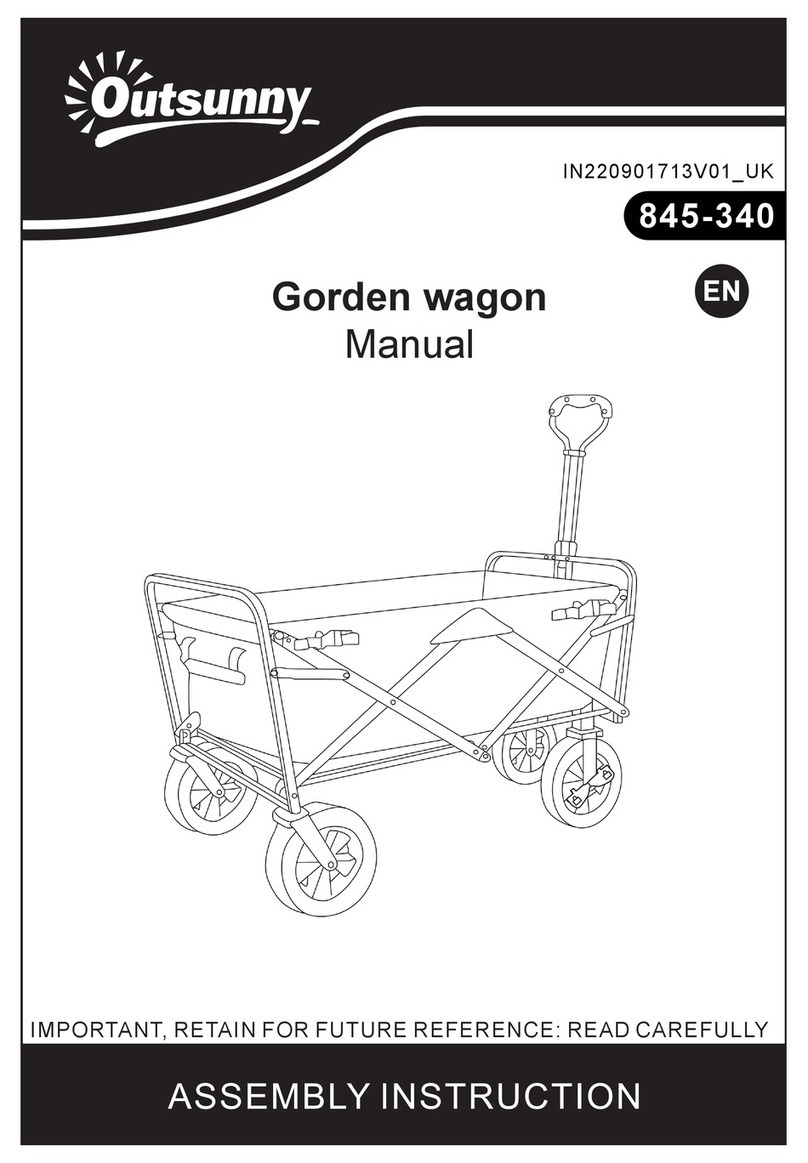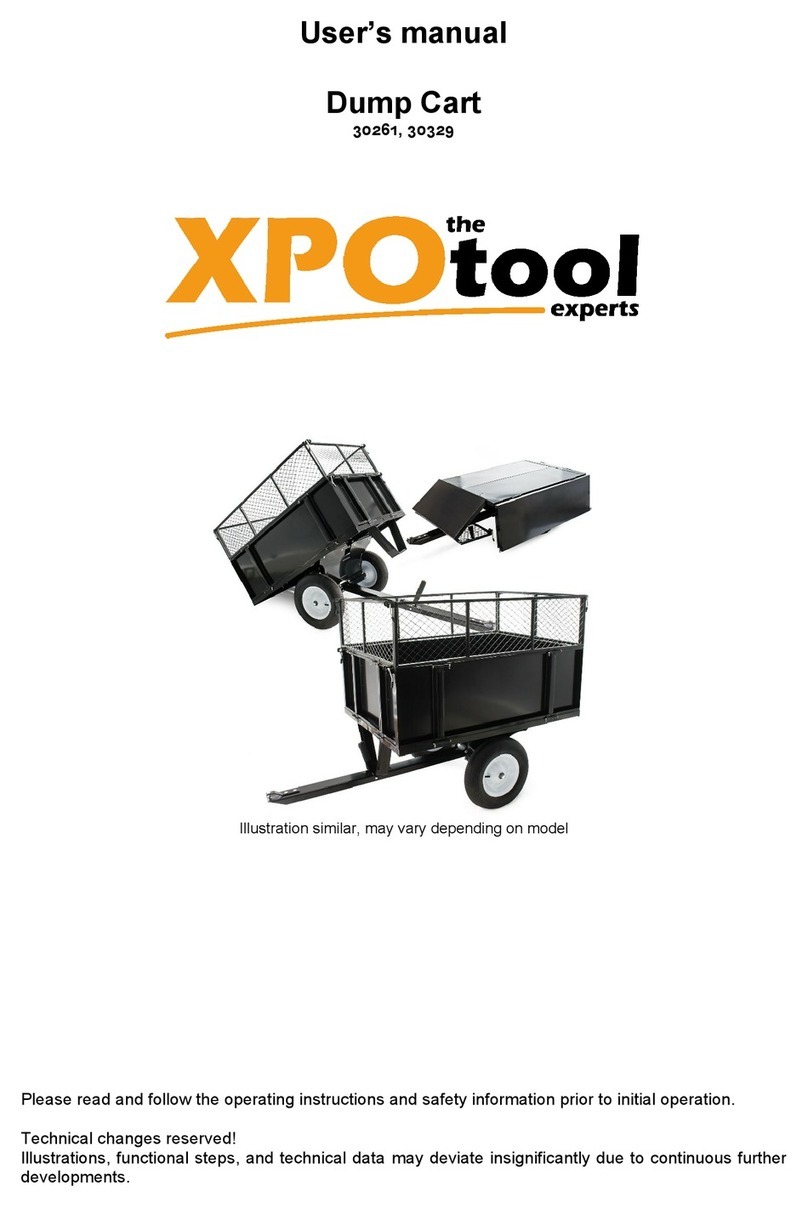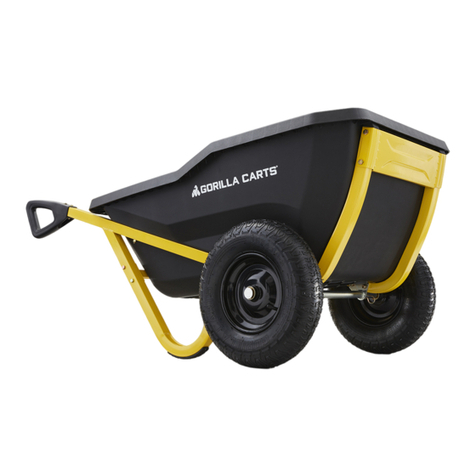
7
• Never cycle if you are unable to fully control your bike, especially if you
have taken any medication, alcohol or other drugs.
• Never ride wearing headphones.
• Do not talk on your phone while riding.
• If the road is wet or slippery and/or the trailer is fully loaded, adapt your riding
style accordingly. Slow down and brake cautiously and early, as your braking
distance is signicantly longer.
Special features when riding with a trailer
• When riding downhill, a laden trailer generates additional thrust forces.
This increases the braking distance too. Reduce your speed on sloping roads.
Never ride faster than 25 km/h, even when going downhill.
• Reduce your speed before corners, brake earlier and
ride carefully through the corners. Expect the steering to feel sluggish.
• The extra length of the trailer attached to your bike means the turning circle
is larger than you are used to when riding a bike or pedelec without a trailer.
• Ride a larger radius when riding through right-hand corners. The position of the
tow arm on the left of the trailer inhibits cornering.
• Riding over deep ruts on one side or driving over high kerbs and other obstacles
can cause the trailer to tip over.
• When cycling through narrow alleys, bear in mind that you need considerably more
space with a trailer than when cycling without a trailer.
• Make your trailer visible to other road users. Always t the brightly coloured safety
ag supplied.
5 Loading safely
5.1 Transporting children
5.2 Transporting pets
6 Before your rst ride / Before every ride
The trailer must be loaded within the permissible total weight range (see page 25).
Weight should be distributed evenly across the trailer, even with partial loads.
Overloading can lead to material breakage and the trailer to tip over!
Only load the vehicle on rm and level ground ensuring your bicycle and trailer cannot move. The
transported goods must be secured against slipping and tipping. Objects must not protrude over the
loading area. The centre of gravity of the entire load should be over the trailer‘s axle if possible and
kept as low as possible. An unfavourable weight distribution can have a negative effect on braking
characteristics and ride stability.
The trailer is intended exclusively for transporting goods and objects.
Transport of people is expressly prohibited!
The transport of animals is only permitted with suitable transport cages and xings. Please contact
your specialist retailer or contact our customer centre if you have any questions.
If you are not completely sure that your trailer is in perfect condition, do not ride. Have it checked by
a specialist retailer or contact our customer centre. If you use your trailer extensively, e.g. daily, have
all important components checked regularly by a specialist retailer.
Components may suddenly fail if you exceed their intended use or service life. This can lead to the
trailer tipping over and serious injury.
